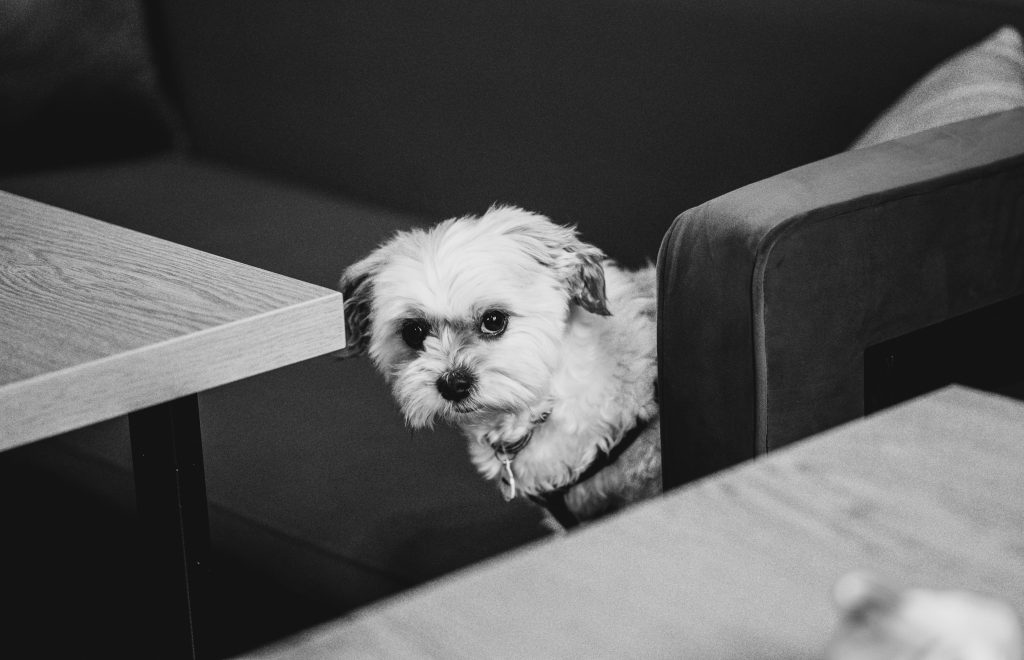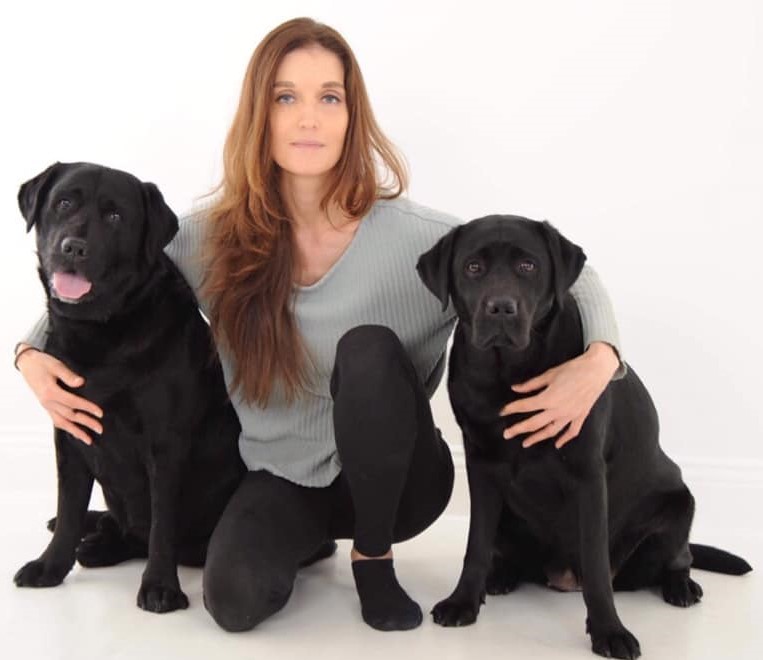Pets and Their People Blog
Avoiding the ‘Brush-Off’! (Part One)
Grooming is something that all dogs will need in their lives, and it should not be something they have to endure or dread.
I’m going to focus on dogs in this article since that is my specialty, but you could just as easily apply my words to pretty much any furry friend- small or large.
Preventing issues
The key point is to start early with puppies; I cannot stress that enough. It is just so much easier if you start at eight weeks, gaining a puppy’s trust on handling everywhere and I mean absolutely everywhere. This gentle handling really should be part of the general and everyday routine – looking into the mouth, feeling teeth, looking into ears, checking eyes, feeling the feet and nails, checking tail and bottom and then ‘easier’ areas like the body and coat.
A soft puppy brush or mitt can be introduced right from the very start. Hair quality is different in different breeds of course. Some is finer, snags more easily in sensitive places such as behind the ears (particularly in spaniel breeds for instance), becomes rolled under the forelegs (in border collies/cockapoos for example) and some dogs have a lot of hair in their rear/tail space which knots quickly.
Grooming visits can be made early too. No grooming may be needed but it can be helpful just to introduce the puppy to the environment, especially if you have a dog who will be requiring frequent trips to the groomer. Those with a heavier or longer coat require extra care and attention if they are not going to suffer later trouble. Puppy trims are usually carried out at around 6 months with a very basic trim, but this will vary according to breed or coat.
Uh-oh…grooming? No thanks!
If your professional groomer doesn’t understand that your dog is nervous, the grooming room is very noisy, too small, claustrophobic, or even worse that your pet may have been nicked with scissors or had nails ‘quicked’ (cutting the quick, the blood and nerve supply in the nail, is extremely painful!), then it’s no surprise if your dog becomes reluctant to return to that groomer. Environmental experiences and context are huge influential factors.
Choose the grooming professional very carefully and check out their professional credentials and the environment itself.

(Photo by Vitalii Khodzinskyi on Unsplash)
Some dogs even begin to develop deep-seated fearful or negative associations with the ‘dreaded brush.’ Here’s why. Think about when you brush your own hair, or maybe when your mum brushed your hair as a kid. Especially those of us who had longer hair that frequently became tangled… recall perhaps when time was short – quick brushing, combing, hit a knot, yank! It’s pretty ouchy, right? (I can feel it right now as I write!) Going too fast, hitting gnarly, tangly hair is quite simply painful and dogs are pretty quick at learning that the implement causing that pain isn’t really that great a thing to have around. This association can also become a worse problem if the dog begins to generalize from the brush causing pain to the person holding it – another set of issues.
Additionally, we may have never actually ‘asked’ our dogs if it’s OK to be touched in more vulnerable areas – tummy, rear, face, paws, etc. Simply assuming our dogs are OK to go all out and accept a full groom really isn’t considerate and is quite intimidating if you share your home with a more reserved character. Some dogs are super sensitive.
What if your dog already hates grooming?
So if you’re reading this now with a dog who is less that impressed when you reach for the grooming tools, what can you do to help him? If your dog is very uncomfortable with grooming, you’re going to have to restart the process and utilize some desensitization (carefully lessening the emotional response to a frightening trigger).
Start slow and ditch the brush
A typical and recent case example is a dog who is very distressed by the grooming procedure and demonstrates this wariness by much appeasement signaling (lip licking, whale eye, staring, display of side teeth, and incisors) as soon as his owner advances with the brush/comb, and eventually as the owner continues – growling and snapping. Here, I would start at base one:
Note: It is very important that the dog must feel totally nonreactive at each stage prior to progressing to the next.
- Simply have the grooming tools that you regularly use lying on the floor at all times for the dog to walk past/sniff/pick up, etc. Eventually your dog will habituate (not react) to their presence.
- Meanwhile, work on lots of consensual body touch in ‘safe areas’ (back of neck/back/sides) in slow, rhymical and circular and light touches, ensuring that the dog is happy at all stages.
- When your dog is ready, progress to working on different areas of the body – ears/face/undercarriage/tail/paws, etc.
- As your dog begins to gain confidence, work on increasing pressure, very light pulling of the fur, picking up feet and holding for longer, rubbing fingers across paw pads, etc. This process may take a while for some dogs.
- Progress to using a light grooming pad/mitt, rubbing the dog all over the body in the same way as above – again the action must be consensual and the dog must be happy at all times.
- As the dog gains confidence, bring your grooming tool back into the equation. Simply hold it for the dog to sniff.
- Progress by holding the back of the brush (no bristles) on his shoulder and then rubbing the back of the brush all over his body, then repeating with the bristle side.
- Based on response, consider whether the brush is too stiff and requires changing for a softer implement.
This rundown of desensitization to a grooming tool is very brief for the purposes of this article but gives an insight into the process, which differs from dog to dog and according to which grooming item you’re desensitizing to. (For grooming sprays, the process will be different because you’re involving noise and a different form of touch with the wet product.)
Where you start with this process will depend upon the individual dog and how severe the initial symptoms are. Again, it is very important that the dog must feel totally nonreactive at each stage prior to progressing to the next. Of course, aversive experiences don’t help! Forcing dogs to comply with a grooming experience simply exacerbates any confrontational, frightening, or challenging aspects of the process. In Part Two of this post, we’ll look at more ways to help your pet enjoy, rather than avoid, being combed and brushed.
About the Author

Anna Francesca Bradley MSc BSc (Hons) is a provisional clinical, ABTC Registered Accredited & IAABC Certified Animal Behaviourist. “I love to create and restore a happy dog – owner relationship in a way that’s fun, relaxed and informal, involving lots of praise, play, pats and fun. Improving your dog’s behaviour isn’t about bullying, physical domination or using painful devices – those days are long gone. For me, nothing is better than watching dogs learn because it’s fun and enjoyable to do so. We’ve got to learn to listen to and respect our dogs as partners in a relationship – that’s what I’m all about!” Learn more at: www.perfectpawz.co.uk
